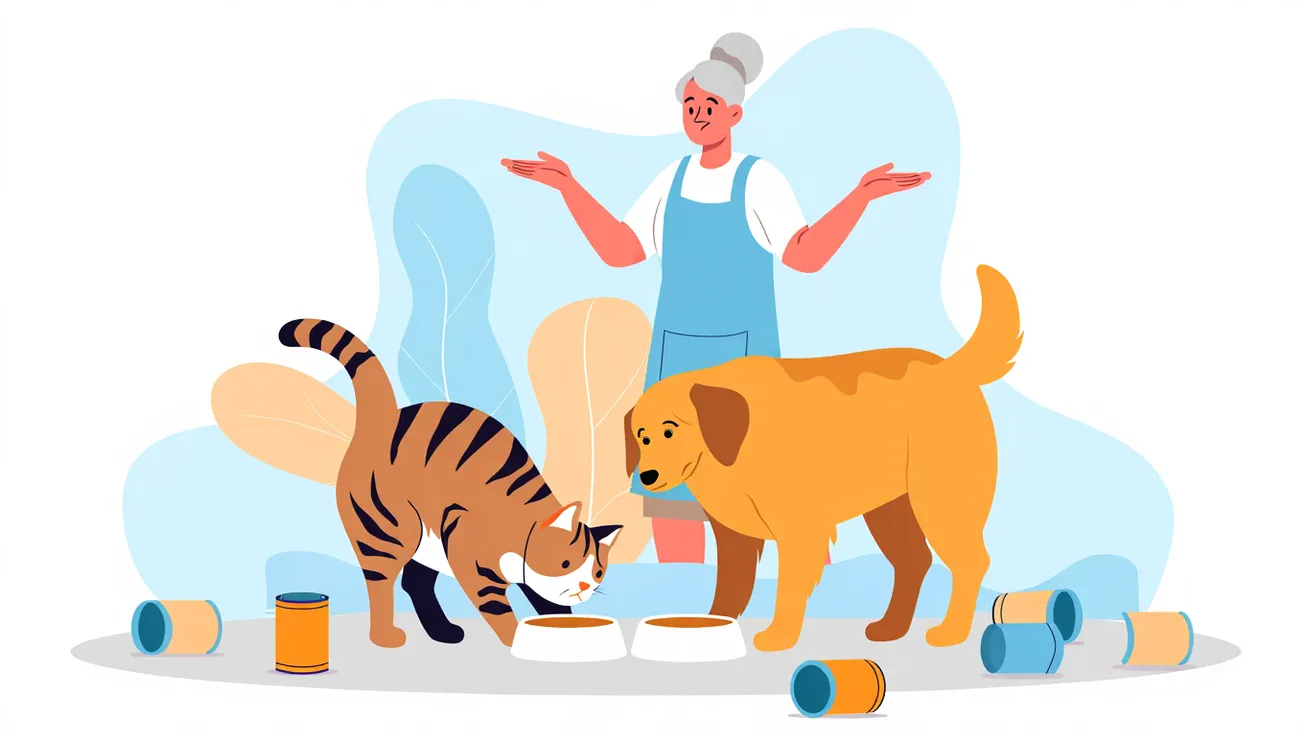The Takeaway
- Beef drives about 73% of meat-related emissions in U.S. diets.
- Swapping just half your beef for chicken can cut your personal “carbon hoofprint” by 33% — while trimming grocery bills and improving heart health.
- But, as nutritionist Bobby Parrish reminds us, not all chicken is created equal — sourcing still matters.
When you’ve lived through seven decades of shifting food advice — from “eat more steak” to “go plant-based” — another diet study can sound like déjà vu.
But this new research from the University of Michigan and University of Minnesota, published in Nature Climate Change, breaks new ground: it links your diet’s climate impact to where you live, right down to your city’s carbon “hoofprint.”
That hoofprint measures the greenhouse gases released from raising and eating beef, pork, and chicken in your area. And what the researchers found surprised even them — your ZIP code affects not just the planet, but your health and grocery bill, too.
Where the hoofprints are heaviest
The Midwest and South dominate the list of the nation’s biggest meat-emission cities.
The aptly named Hereford, Texas — the “Beef Capital of the World” — topped the list, followed by Lake Holiday, Illinois, and Huntingburg, Indiana, where dense feedlots and heavy beef diets push emissions far beyond the national average.
Lake Holiday stands out for another reason: it has one of the oldest populations among these hotspots, with more than one in five residents over 65 — a reminder that seniors’ food choices can meaningfully shape their community’s environmental impact.
Other hotspots include Wauchula, Florida, and Union Springs, Alabama, both tied to regional cattle and poultry production. Meanwhile, cities such as Santa Cruz, California, Bozeman, Montana, and Ann Arbor, Michigan had some of the smallest hoofprints, thanks to lighter beef consumption and more varied diets.
Researchers say a modest shift — like swapping half your beef servings for chicken or pork — can reduce emissions by about one-third. It’s proof that even small changes on the plate can make a measurable difference.
State by state, the best and worst shake out like this:
Why seniors should care
1. Health: Beef provides protein and iron, but also high saturated fat. Cutting back aligns with American Heart Association guidance favoring leaner proteins and plant foods. You don’t have to quit beef entirely — keeping two burgers a week instead of five still moves the needle.
2. Finances: With grocery prices squeezing fixed incomes, smaller swaps pay off.
Average prices: beef $6–$7 per lb, chicken $3–$4, tofu $2.
That’s $20–$30 a month in savings without sacrificing protein.
3. Environment: Meat accounts for roughly 1,093 kg of CO₂ per person each year — beef nearly three-quarters of it.
Replacing half your beef with chicken can cut your footprint by 33%; add “Meatless Monday” and you could reach a 50% reduction, the equivalent of taking millions of cars off the road.
A simple kind of wisdom
This isn’t about going vegan or giving up Sunday roasts. It’s about doing what seniors already do best — using common sense. Smaller portions, cheaper proteins, and local sourcing all help your heart, wallet, and the planet at once.
Or as one researcher put it, “You don’t have to give up burgers — just make them count.”
But be careful about the chicken trade-out
On the surface, chicken seems like the natural substitute, but Bobby Parrish explains that you have to be careful there, too.
Sources:
Nature Climate Change (2025), University of Michigan Center for Sustainable Systems, Washington Post (Oct. 21, 2025).
Disclaimer: This article is for informational purposes only and does not constitute dietary or medical advice. Always consult your healthcare provider before making significant changes to your diet.








